THE HISTORY OF THE UNION CHURCH
THE BAPTIST CHURCH
The history of the Baptist Church dates back to 1846, when twenty people met in the Hog Creek schoolhouse, later known as the Boone School, where they resolved to organize a church society known as the Quincy Baptist Church. Soon, a pastor was procured who preached once every four weeks and services were held in the Quincy schoolhouse.
Through the efforts of members and many who were not members but contributed freely of their efforts and time, a new church building was commenced in 1853 and completed in the spring of 1854.
In 1870, many improvements were made on the building. It was excavated for a heating apparatus, stain glass windows replaced this of plain glass, and a bell was hung in the belfry. The doors were removed from the pews and a baptistry was installed. Deacon and Mrs. M. M. Brown, who were the grandparents of Miss Alice Horton, presented the church with a beautiful communion set.
From time to time, more improvements were made on this pretty little Baptist Church on Chicago Street. Services were regularly held until 1914, when it federated with the Presbyterian Church.
THE PRESBYTERIAN CHURCH
The First Presbyterian Society was organized in the new Baptist Church building on February 27, 1857 with eleven charter members. Their first pastor was Reverend Charles Adams who preached once a month and received $50 a year wages.
They had no place of worship or a regular pastor until 1864; then a room was rented over a store of the old wooden row which was built in the early 1850's, Griffin's Hardware. For a pulpit they used a wooden stand, the seats were planks placed on wood blocks, and a small melodion was played by Louise Chapin.
There were no singing books or other supplies, so Reverend Scofield, then acting minister and a close friend of Michigan's governor Case, appealed to him for help. Governor Case caused a collection of such things from Detroit Churches to be sent here for his friend to use.
On February 8, 1869, a lot of land on Chicago Street was purchased and a building was begun immediately and progressed rapidly and the church was ready for dedication on December 5, 1869. Ten years later a chapel was added consisting of one large meeting room, a study and a small kitchen.
THE FEDERATION: THE UNION CHURCH
In 1911 and 1912, Reverend Prentice Case was the last Presbyterian minister. During these years the church was hard hit by death and removals. At that same time the Baptist Church was suffering the same effects. The Baptist's obtained the services of Reverend Fenton Fish, who was finishing his college work in Hillsdale, but because of ill health he resigned his pastorate and preached his farewell sermon in the village park on July 22, 1914.
However, being a leader who had endeared himself to all the towns-people and foreseeing the failing condition of both churches, he conceived the idea of a union of the two. So on July 11, 1914, he presented to each congregation "Articles of Federation" to be discussed and voted on.
Fish worked long and hard, basing the Articles on an experiment being conducted in Parma, Michigan, reconstructing the to fit local needs and to cover questionable points from both creeds.
The board of each church met at the library and ironed out unsatisfactory points also electing a committee of two members for an executive council. The council then chose Norman Kohl, Superintendent of Church Finances and Frank Amsden as Treasurer.
The first services of the Union Church was held July 30, 1914 with Reverend Scarth Inglis as temporary pastor, who preached the sermon. The Sunday School was also a united one and the choir was made up of members from both churches supervised by Miss Hazel App.
Reverend Fish supervised and delighted everyone by appearing unexpectedly for the service and by his helpful presence started it off on the right path to success.
In August of 1920, the Episcopal Church was closed for good; so through the efforts of E. K. Pearce, their pipe organ was given to the Union Church for the expense of installation ($150) which was done by Prof. Koch of Coldwater. It was dedicated in the Union Church on August 7, 1920.
In 1923, the church was reshingled, the smell ceiling was put in and redecorated, and the large electric fan was installed in the ceiling; a motor was put in to pump the organ and an elective stove was placed in the kitchen; a booth was built in the vestibule for motion picture production and excavation was made under the chapel for an auxiliary furnace.
In the summer of 1925, the bell from the Baptist Church was placed in the tower of the Union Church with the understanding it should be returned if any dissension should arise.




